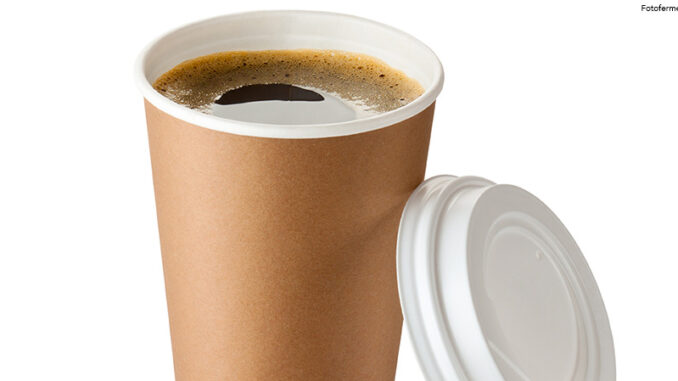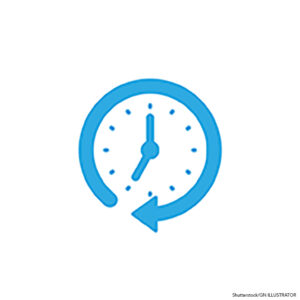
Ukraine Asks for More Help and Biden Responds
As the Russian attack on Ukraine continues for a fourth week, Ukrainian President Volodymyr Zelensky used Zoom on March 16, 2022, to send a message to the United States. He asked for more help from the U.S. government in fighting off the military attacks. In his message, Zelensky referenced many traditional American values–such as bravery, freedom, democracy, and the desire to determine one’s own destiny. He said that Ukrainians share these values. He noted that Russia has not just attacked Ukraine, it has attacked these shared values. He also urged Americans to remember events in American history, such as Pearl Harbor and the September 11 terrorist attacks. He said that these events are very similar to what is happening in Ukraine right now. Zelensky stated that Russia has already fired more than a thousand missiles at Ukraine and has also used bombs and drones to murder Ukrainians. He asked for help not just from the United States, but from the whole world.
Later that day, President Biden responded to President Zelensky’s address. He agreed that the Russian actions against the Ukrainian people are cruel acts, and he confirmed that the United States and the rest of the world are committed to supporting Ukraine and to making Russia pay dearly for the decision to invade. Biden pledged to continue providing security and humanitarian assistance. So far, the U.S. has authorized over $500 million in military equipment to Ukraine. After Zelensky’s message, the Biden administration pledged another $800 million., This is in addition to providing $300 million in humanitarian aid, as well as tens of thousands of tons of food, water, medicine, and other critical supplies. Biden also promised to continue imposing harsh economic sanctions against Russia.
What Do You Think? Do you think the United States should send ground troops to Ukraine? Why or why not?
Spring Forward?
If you live in the United States (except for Hawaii and Arizona), you set your clocks ahead by one hour on Sunday March 13. But the practice of “springing forward” can affect peoples’ health and sleeping rhythms. According to the U.S. Department of Transportation, which is responsible for overseeing the nation’s time and time zones, daylight savings time saves energy, prevents traffic injuries, and even reduces crime. (This crime prevention statement is based on data that people are less likely to commit crimes during daylight hours.) It’s the process of changing time, rather than the time itself, that has negative effects.
So how did the practice of daylight savings time get started? It dates back as far as 1918, but the current federal policy began with the 1966 Uniform Time Act. It was a way to save energy by rearranging the day to add more daylight each evening. In other words, it was a decision based in economics rather than biology. In 1974, President Richard Nixon signed the Emergency Daylight Savings Time Act to help deal with a serious energy crisis. This Act started daylight savings time on January 6, 1974, and kept it in place for sixteen months. But people got tired of darkness in the morning, particularly once children went back to school in the fall and had to wait for buses in the predawn hours. So, the idea of permanent daylight savings time was abandoned.
Since 2015, there have been at least 350 bills and resolutions introduced to eliminate the time change. In 2018, Florida became the first state to make daylight savings time permanent. Since then, seventeen more states have passed legislation to do the same thing, but Congress must act before the states can adopt those changes. On March 15, 2022, the Senate unanimously passed the Sunshine Protection Act of 2021. This would make daylight savings time permanent by moving “standard” time ahead by one hour. If the bill passes the House and is signed by the president, it will become law in all fifty states beginning in November 2023.
What Do You Think? A poll from last year found that 63 percent of U.S. adults are in favor of keeping one time throughout the whole year, with no more clock changing. Do you agree or disagree? Explain.
Dolly Parton Bows Out of Rock and Roll Hall of Fame Nomination
Every year, the Rock and Roll Hall of Fame nominates a new group of musical artists to be honored. This year’s group includes a wide range of artists: from Beck to Judas Priest, from Pat Benatar to Rage Against the Machine. The list of nominees is then sent to more than one thousand artists, historians, and members of the music industry from all over the world. That voting body considers each artist’s influence, body of work, style and technique, and more. This year, something unusual happened when Dolly Parton announced that she is removing her name from the nominations.
Parton, 76, is an award-winning singer, actress, and philanthropist. However, she said in a statement that she doesn’t feel like she has the right to be included and doesn’t want to take votes that could go to other artists. That’s because Parton has never released a strictly rock and roll album. Other country artists–including Johnny Cash, Hank Williams, and Brenda Lee–have been included in the past anyway. Parton said that she was inspired to someday make a rock and roll album herself.
During her long and legendary career, Parton has received eleven Grammy awards (and fifty nominations), an Emmy Award, an Oscar Award, and a Tony Award, as well as ten Country Music Association Awards.
What Do You Think? In your opinion, which of this year’s nominees should be inducted into the Rock and Roll Hall of Fame? Cast your own “fan ballot” at vote.rockhall.com, then click on the link to “see current standings.” Which five artists are currently in the lead?
Starbucks Looks to Cut Waste
Have you ever wondered how many disposable cups the Starbucks coffee company produces every year? The answer is six billion. That’s almost one for every human being on Earth. Now, Starbucks has announced that it is completely transitioning to reusable cups in all of its U.S. and Canadian stores by the end of 2023.
In 2020, the company announced that it would be cutting its waste in half by 2030. But then COVID-19 happened. There are signs in many Starbucks stores saying that for the safety of their baristas, they will not be accepting reusable cups during the pandemic. That’s all about to change, however, as Starbucks develops new strategies to eliminate paper cup waste.
For example, customers might be allowed to pay a small deposit to borrow a reusable cup. When they return the cup, they’ll get their deposit back. (This “Borrow a Cup” program has already been tested in Seattle, Washington where Starbucks is headquartered.) Starbucks is also considering incentives, such as a fifty-cent discount on your drink if you bring your own cup, or an extra ten-cent surcharge if you don’t. Other possibilities include increasing the recycled content of the paper cups; replacing paper cups with compostable options; requiring in-store customers to use mugs and other reusable cups; and providing in-store cup-washing stations.

